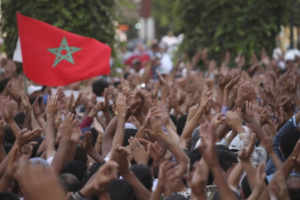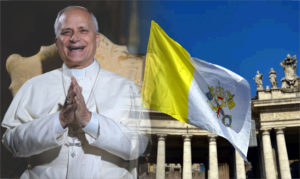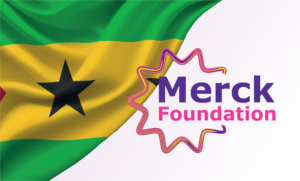Child Sexual Exploitation in Morocco: A Growing Crisis
Morocco, long celebrated for its rich culture, history, and geographic proximity to Europe, is increasingly drawing international concern for a far darker reality: the country is becoming a hub for child sexual exploitation and sex tourism. Poverty, insufficient legal protections, and systemic failures in law enforcement have created an environment where children are left vulnerable to horrific abuses.

A “Paradise” for Exploiters
Reports from human rights organizations and international watchdogs suggest that Morocco is perceived by many paedophiles as a “paradise.” Its location—just a short distance from Europe—combined with the prevalence of impoverished and vulnerable children, makes it an attractive destination for sex tourists seeking to exploit minors.
The issue is compounded by social stigma and inadequate legal responses. Too often, abused children are misidentified as offenders rather than victims, perpetuating harmful stereotypes that deepen their trauma and deny them access to justice.

Human Trafficking and Sex Tourism
Morocco plays multiple roles in the global landscape of human trafficking for sexual purposes:
- Transit Country: Victims are trafficked through Morocco en route to Europe and the Middle East.
- Destination: Sex tourists, both regional and international, travel to Morocco to exploit minors.
- Source Country: Moroccan women and children are trafficked abroad and subjected to sexual exploitation.
The U.S. Department of State’s 2021 Trafficking in Persons Report places Morocco on the Tier 2 Watchlist. A designation indicating that while the government has taken steps to combat trafficking, it still falls short of meeting the minimum standards required for effectively tackling the problem.

Disturbing Statistics and Gaps in Data
Between 2012 and 2015, authorities recorded at least 400 child victims of trafficking in Morocco, with most cases involving sexual exploitation. Experts warn, however, that these figures represent only the tip of the iceberg. The real scale of the problem is likely far higher due to:
- Limited victim identification mechanisms
- Insufficient training for law enforcement
- A lack of systematic data collection
As a result, the true extent of child sexual exploitation in Morocco remains alarmingly unclear.
Legal and Institutional Weaknesses
One of the most troubling aspects of Morocco’s child protection crisis is the fragility of its legal framework. While laws exist to criminalize sexual exploitation and trafficking, enforcement remains inconsistent. Corruption, lack of resources, and deeply rooted social stigma against victims create barriers to justice.
In many cases, children who should be protected are instead criminalized. This not only exposes them to further harm but also discourages others from reporting abuse.
The Need for Urgent Action
International observers and local advocacy groups have called for Morocco to strengthen its response through:
- Comprehensive data collection systems
- Specialized training for law enforcement and judicial officers
- Stronger legal protections that treat children as victims rather than offenders
- Expanded social services and rehabilitation programs for survivors
Without these measures, Morocco risks further entrenching its reputation as a hotspot for sex tourism and child exploitation, placing countless vulnerable children at continued risk.









